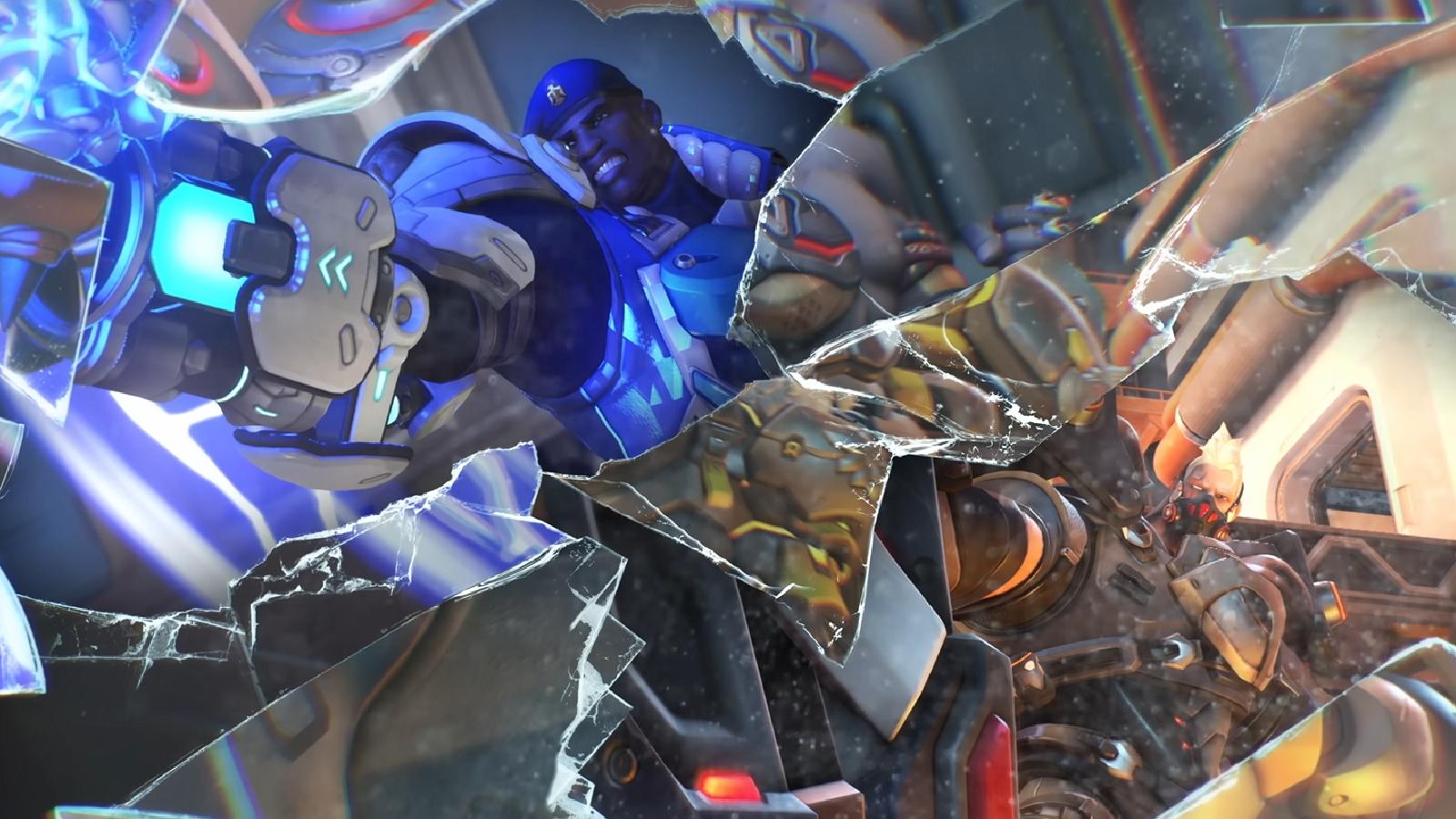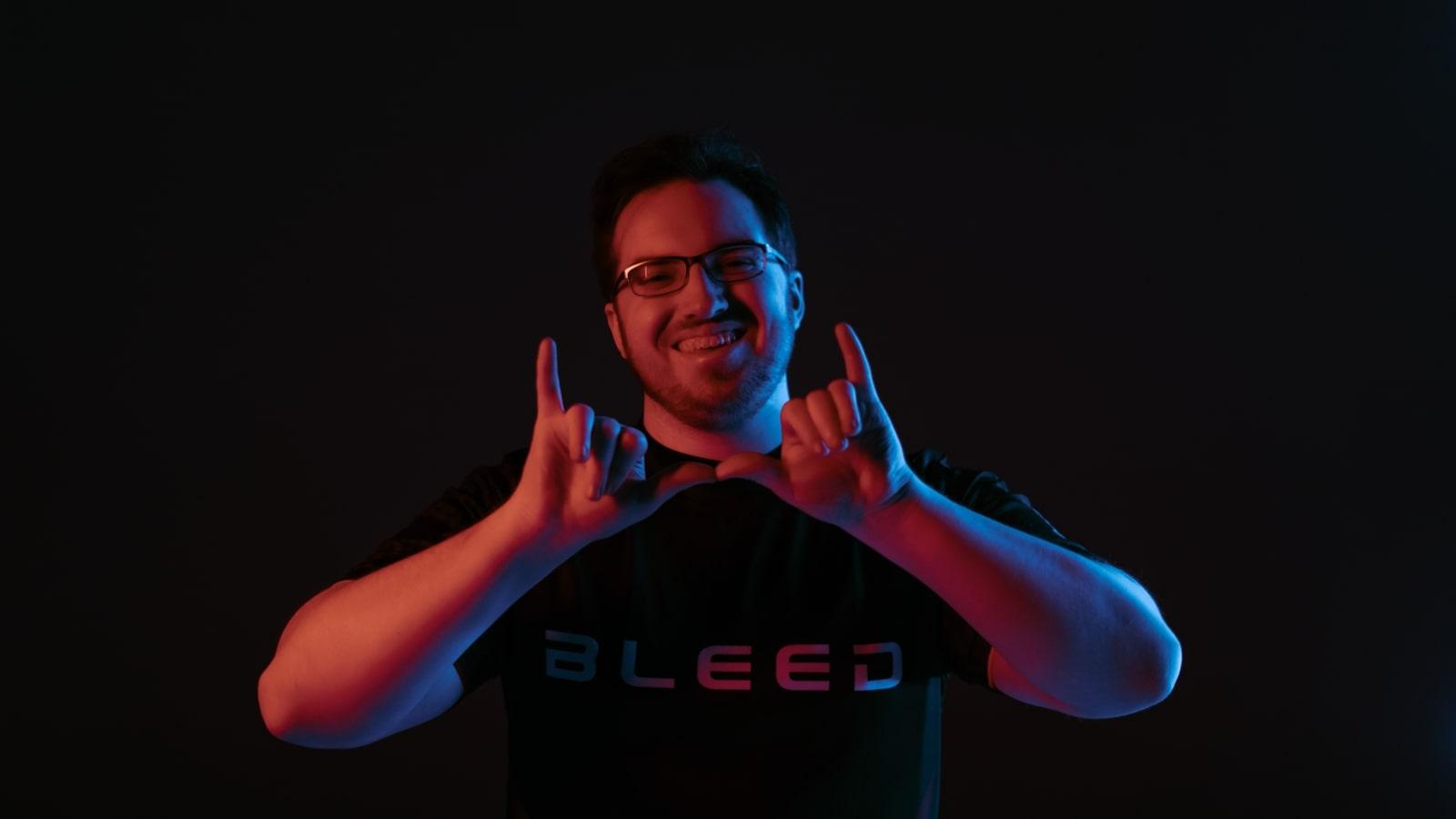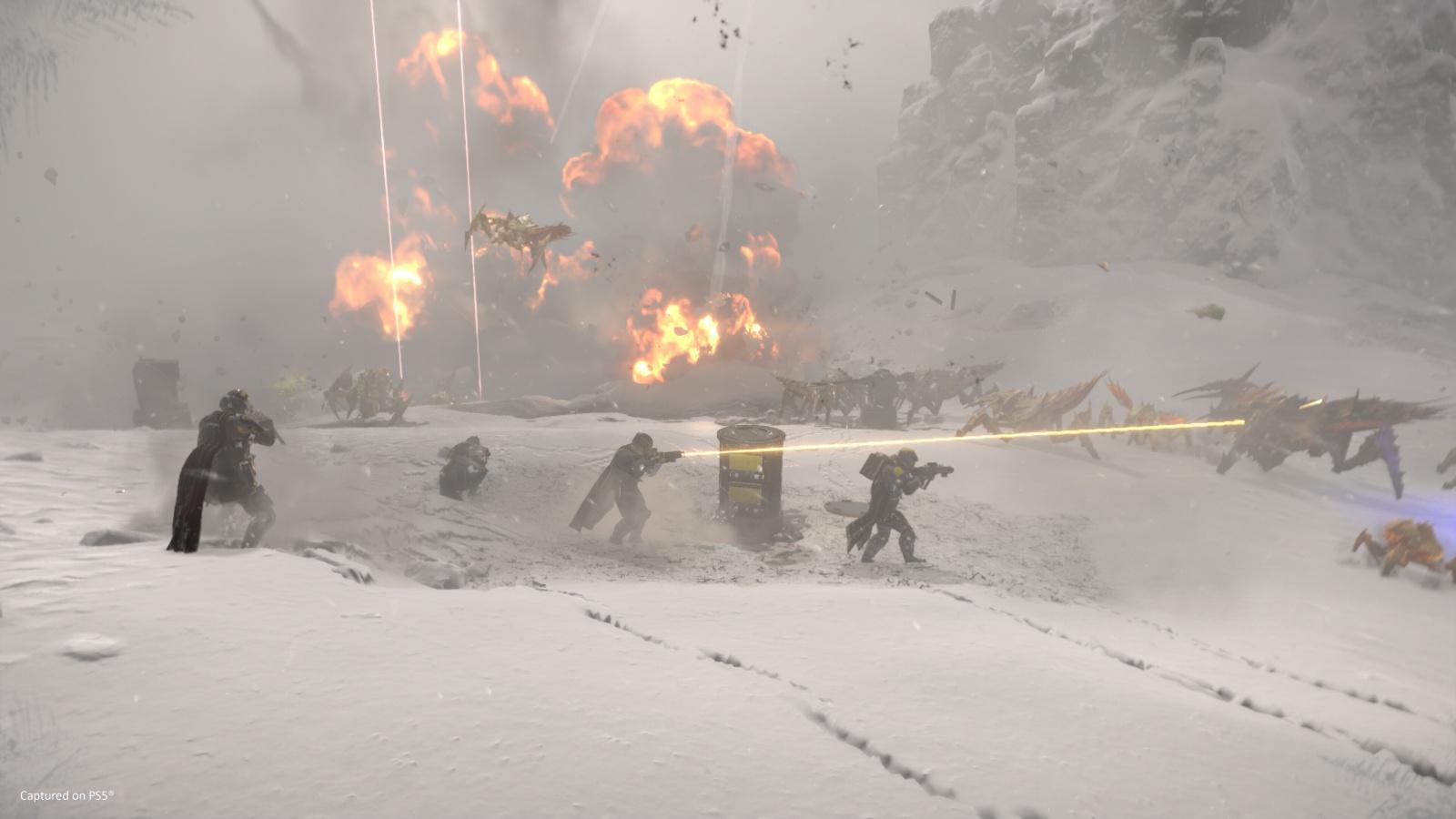Adam Fitch: Who really wins in the Call of Duty League?
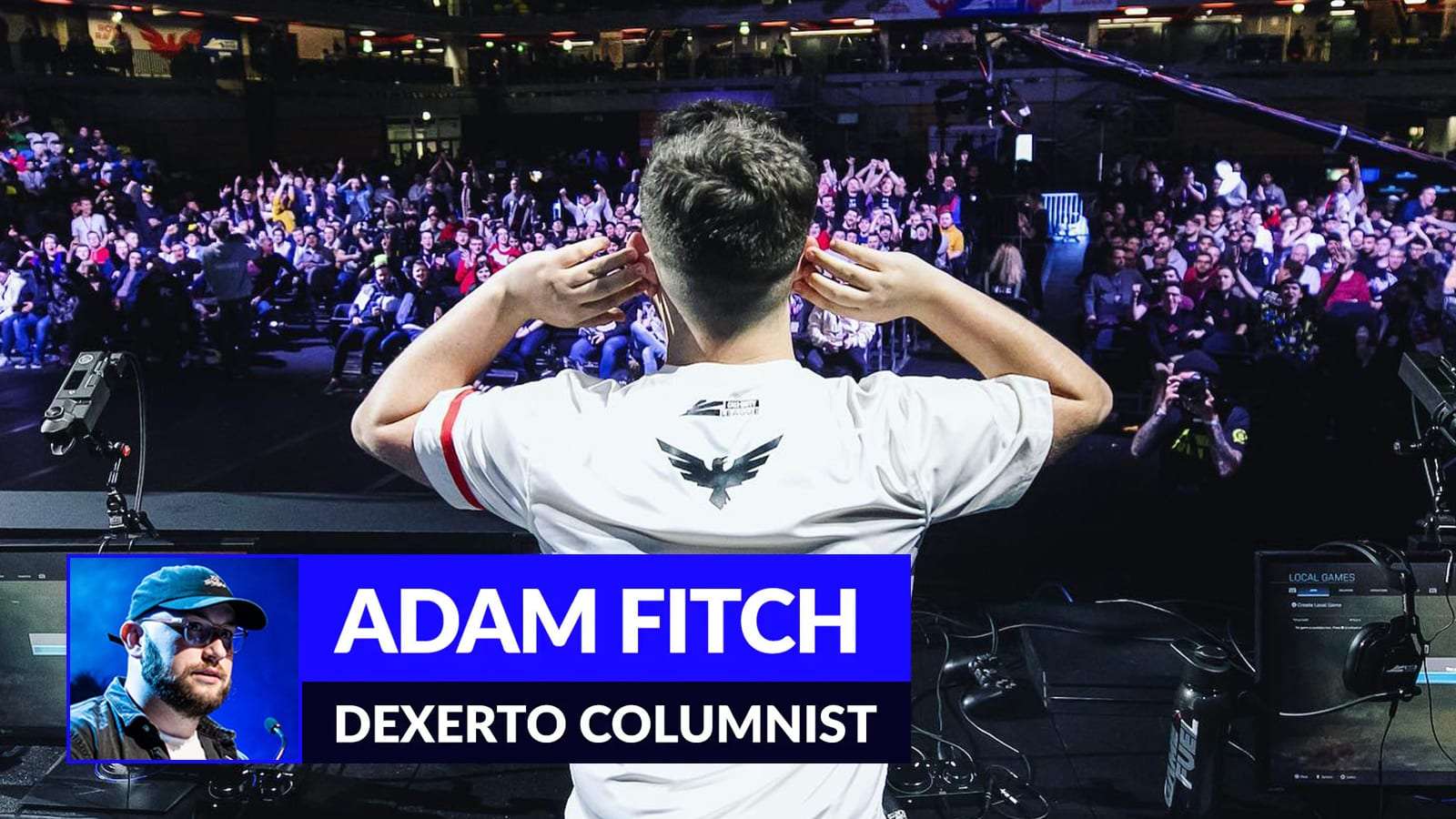 Call of Duty League
Call of Duty LeagueThe Call of Duty League is the latest franchised league to come out of Activision Blizzard, starting in January 2020 with 12 prominent esports organizations each investing $25m to secure a permanent spot. Well over a year on, who has really benefited from this monumental change?
It’s safe to say that the Call of Duty League is inspired by the Overwatch League, the first large-scale attempt to have an esports competition mimic the structure of what can be seen often in traditional sports. Leaving legacy brands like OpTic Gaming and Team Envy behind in favor of new, city-based teams, was a sizeable risk from the franchise’s developers.
Described as reaffirming Activision Blizzard’s “leadership role in the development of professional esports,” the league was devised to create a closed ecosystem in which invested organizations, sponsors, licensees, and themselves could succeed.
Call of Duty esports had a turbulent path up until this point, with a new game launching each year effectively serving as a roll of the dice as to how the competitive scene would fare. The core game needed to be solid to manifest good gameplay and a viewer base of casual players that wanted to see the title played at the highest level, leading to varied results — to put it politely.
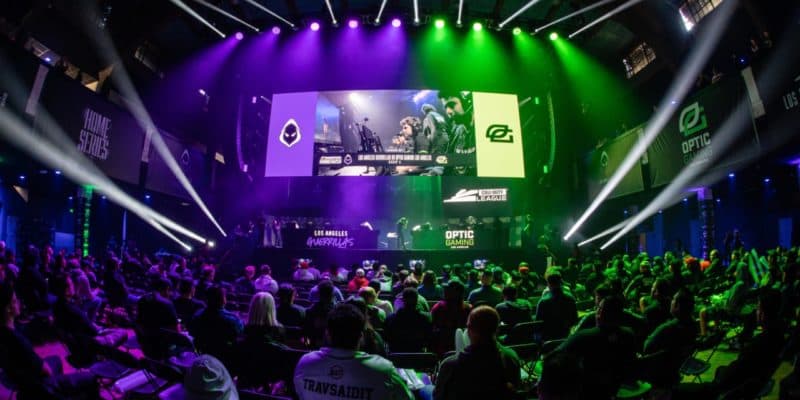 Activision
ActivisionHow the CDL impacted the franchise’s esports scene
Well over a year on from the inception of the franchised league, I’m still unsure as to how this helps the Call of Duty esports scene as a whole. As we’ll get into, and this should come as no surprise to you reading this, but it appears as if the developers are on the only side of the equation that reaps massive rewards with little to scoff at.
- Read More: ZooMaa slams CDL teams over biggest issues
Activision Blizzard are already making heaps of money off of the Call of Duty franchise through the annual release cycle and their clever move to ride the wave of the battle royale genre with Warzone, but, just like any giant corporation, they’re greedy.
Esports is often described as a ‘marketing activity’ for the developers and publishers behind video games, as thus it’s implied that competitive play is an advertisement for casual play. That’s not enough in this case though; they seemingly also wanted to make hefty lumps of cash within esports. Enter, the Call of Duty League.
They guaranteed themselves at least $25m from each of the 12 organizations they’ve selected and they’ve accumulated an array of sponsors who each pay tidy sums to advertise through broadcasts. There’s a significant cost in operating a league but nothing that $300m over the next few years can’t cover. Even getting companies to buy into the league was an undeniable win for Activision Blizzard.
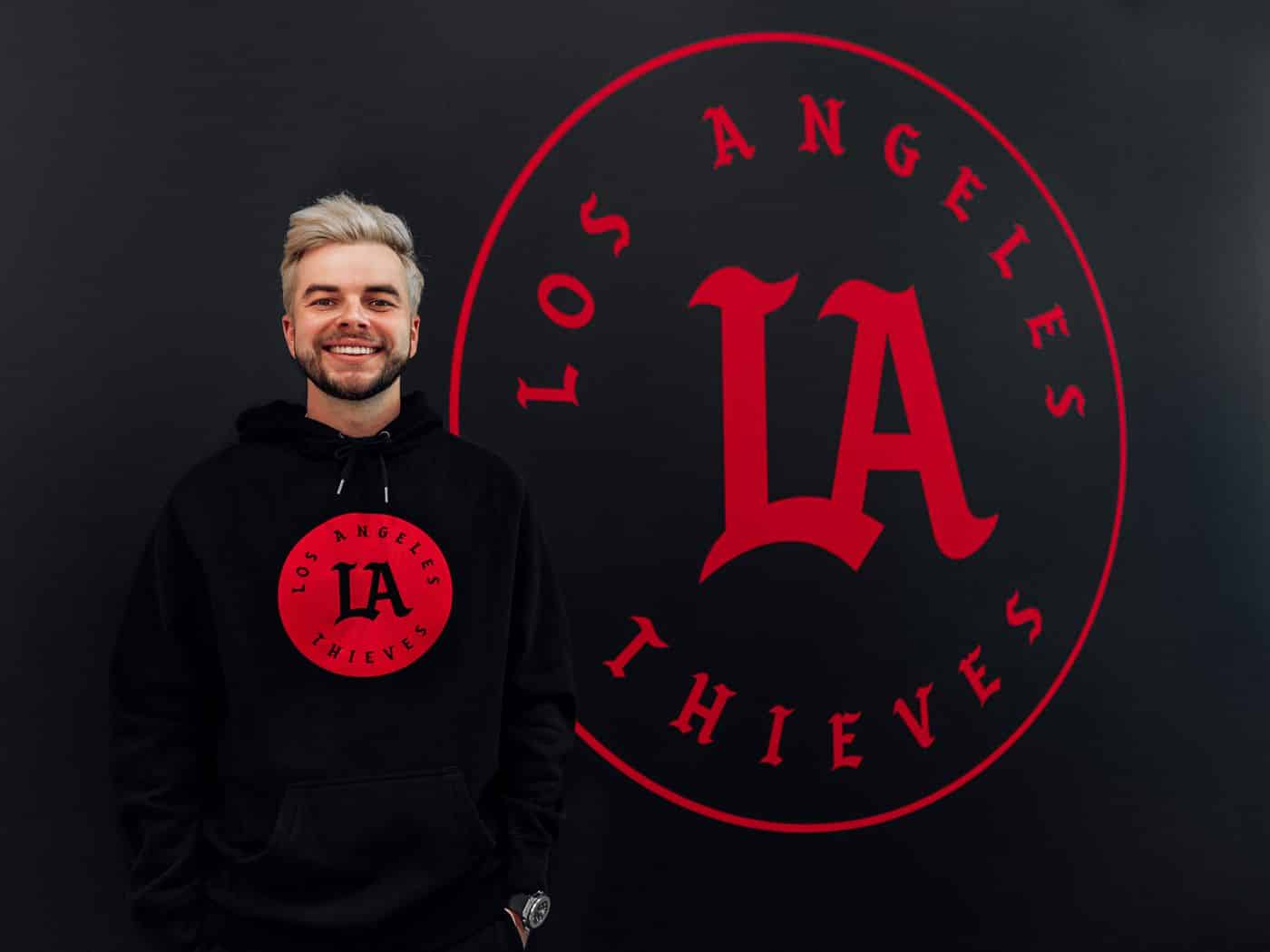 LA Thieves
LA ThievesThe players
Esports wouldn’t exist without two things: competition and the players competing. So, how have the players benefited from the evolution of Call of Duty esports? It’s nuanced. Professional players have guaranteed minimum salaries of $50k ensuring that they’re well-compensated but we’ve seen that there’s still a lot of roster turbulence; they’re guaranteed a lovely salary and benefits if they’re playing for one of the 12 sides but there appears to be no improvement on the job security front for them despite the ‘professionalization’ of the scene. It’s worth noting that 12 of them had to find new jobs when teams changed from having five players on a team to four with the snap of a finger.
On the amateur front, it was amazing to see largely unknown players making a name for themselves in the Call of Duty World League by battling through open brackets to compete against the legacy teams and players. With a closed participation field in the CDL, that explosive path-to-pro no longer exists. There’s Call of Duty Challengers — a system for amateurs and semi-professional players — but that too is a rollercoaster in terms of roster cohesion and organization support. Though plenty of amateurs have been nabbed by the franchises this season, the climb to the top is now even closer to being Mount Everest for the majority.
The fans
Competition exists without fans watching and cheering but they make everything better, and they’re how money can be made. Their attention is sold to companies, and they also compensate others with their own cash through ticket sales, buying merchandise, and other income streams for event organizers and teams. I’m not sure the Call of Duty League has been a big improvement for this all-important aspect of the ecosystem.
- Read More: CDL announces return date for LAN events
There’s an argument to be made that events are less exciting than they once were. Due to the lack of amateur teams making miracle bracket runs and surprising everybody, thus eliminating plenty of incredible narratives along the way, there’s less at stake for the popular, well-supported teams. That can make for a less compelling watch, just ask sceptics of the short-lived European Super League in football.
Not to mention that the US-centric league is inconvenient for many fans, and match times being unsavoury for those far away from the States makes events less accessible. When competition returns to offline play and the league can execute its home-and-away plans, it’s going to be much easier for American supporters to travel and attend than those living outside. Of the 12 franchises, 10 of them are in North America. It’s not very accessible for overseas aficionados.
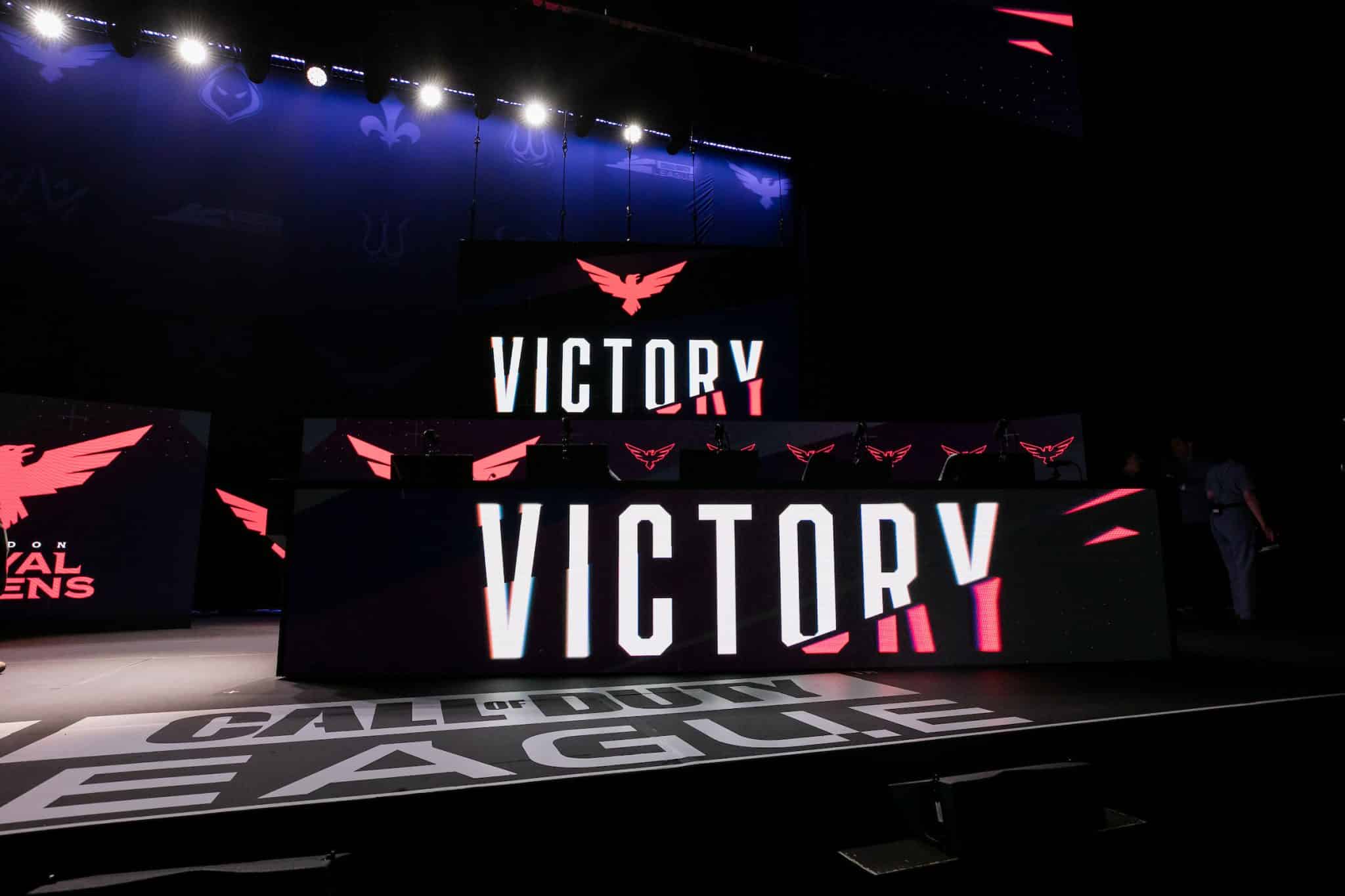 Call of Duty League
Call of Duty LeagueThe franchises
We can’t forget the very companies that are putting up millions upon of millions of dollars to be part of the Call of Duty League. The likes of Envy, Misfits, 100 Thieves and Luminosity parent company Enthusiast Gaming have all guaranteed their places in the circuit for several years (unless they decide to sell up down the line). This stability is great for justifying a sponsorship in the esport and can also help to lock down sponsors, which by now is obviously a lifesaver for many entities in the industry.
It’s not all sunshine and rainbows for the teams, however. If one thing has been proven since the inception of this league is that the rules can change at a moment’s notice. Whether it’s the roster size or the rules around the categories of sponsors they can engage with, the flimsy nature of pivotal league features — not forgetting that the game changes every bloody year — could provide more headaches and complaints in the future. Who wants to compete in an activity that changes its rules all the time, really?
Last but not least are the sponsors. The lifeblood of the esports industry. Where would we be without them? Nobody really knows, but I’d wager that most of the industrial workforce would be skint. Knowing which brands are involved is a benefit for companies potentially looking to spend some money advertising with the competition. While it doesn’t promise a fixed number of eyeballs on a stream or fans in a stadium’s seats, it does produce stability and that’s great for securing dollars for the developers.
The verdict
So, having looked at the key players in the Call of Duty esports ecosystem, who’s really winning? For my money, it’s a sizeable financial victory for Activision Blizzard and the rest may be enjoying some tangible benefits but it’s certainly not unanimously positive for them by any stretch of the imagination.
The professional players may have more money but less security, the organizations have seen changes in stability across different areas, the fans may well have a less enjoyable product overall, but the money is staying closer to the top and that’s great for the developers.
